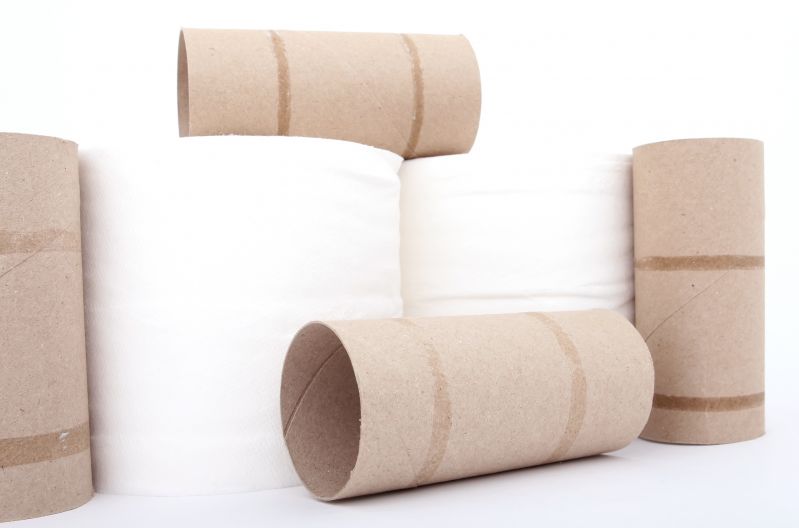Wastewater Treatment Plant is Turning Used Toilet Paper Into a Building Material
Published on by Water Network Research, Official research team of The Water Network in Business
A pilot scheme in the Netherlands is sifting sewage for cellulose, which it says can be recycled into valuable products.
At the Geestmerambacht wastewater treatment plant near Alkmaar in the Netherlands, a two-year pilot project is using an industrial sieve to sift 400kg of cellulose, the natural fibres found in loo roll, from toilet sludge each day.

Image source: Pixabay
The cellulose, which would otherwise be incinerated at the end of the sewage treatment process, is cleaned and sterilised with very high temperatures and turned into a fluffy material or pellets. These are sold on as a raw material for products like asphalt and building materials.
A portion is also exported to the UK, where Brunel University is working on technology to transform it into an energy source, bioplastic bottles and other products.
The Dutch preference for luxury loo roll means the cellulose is of premium quality, says Carlijn Lahaye, managing director of CirTec, one of two companies behind the Cellvation project, which launched in June with help from an EU grant. “In the Netherlands, a lot of paper flushes through the toilet and it’s a high-quality fibre,” she says.
It’s one of several reasons Lahaye is convinced by the business case for recycling used loo paper. Although the quantities of cellulose processed by the pilot are currently too low to be profitable the basic model is sound, she says. “You remove something that costs energy to pump around, lower the operational cost, there’s more space to treat water and you get money for something that would be burnt as waste.”
The Dutch flush away 180,000 tonnes of paper each year, according to the country’s water authorities. And they are not alone in their profligacy: the European Tissue Symposium estimates that Europe used five million tonnes of toilet paper last year.
The cost – and opportunity – of this has long been clear to the Netherlands’ 25 water authorities, says Noor Ney, head of sanitation with the Hollands Noorderkwartier (HHNK) water board, which for eight years has been referring to treatment plants as “energy and resource factories”, she adds.
Read full article: The Guardian
Media
Taxonomy
- Water Efficiency
- Wastewater Use
- Raw Sewage Recycling
- Waste to Value
- Sewage
- Energy Efficiency
- Utility Management
- Waste Disposal
- Waste Management
2 Comments
-
Dear Author,
I would like to ask, how could you separate the cellulose-content waste from the other communal wastes to gain ONLY the papers? Or the technology does not contain a sieve alone? Thank you in advance for your answer.1 Comment reply
-
The first screening can be done as usual with a bar screen or so. That will separate the bigger unwanted particles like plastic, condoms, sanitary towels and most of the human hairs. The cellulose fibres are much smaller. These can be filtered out by the use of a fine-screen. This was first discovered when fine screening was used as a pre treatment for MBR installations in The Netherlands.
Research focusses mostly on the recycling of the cellulose. However it is worth to keep in mind that by removing cellulose fibers from the influent, the COD load to the WWTP is also reduced. This lead to less electricity consumption in the aerated circuit. Also a very good thing for the environment.
More info:
www.solis.nl/producten/fijnfilter
https://www.youtube.com/watch?v=2Kd-rui0_YI
-
-
Vow. I wish someone devices a method to capture the greenhouse gases and convert it to some useful material and save the world from global warming.